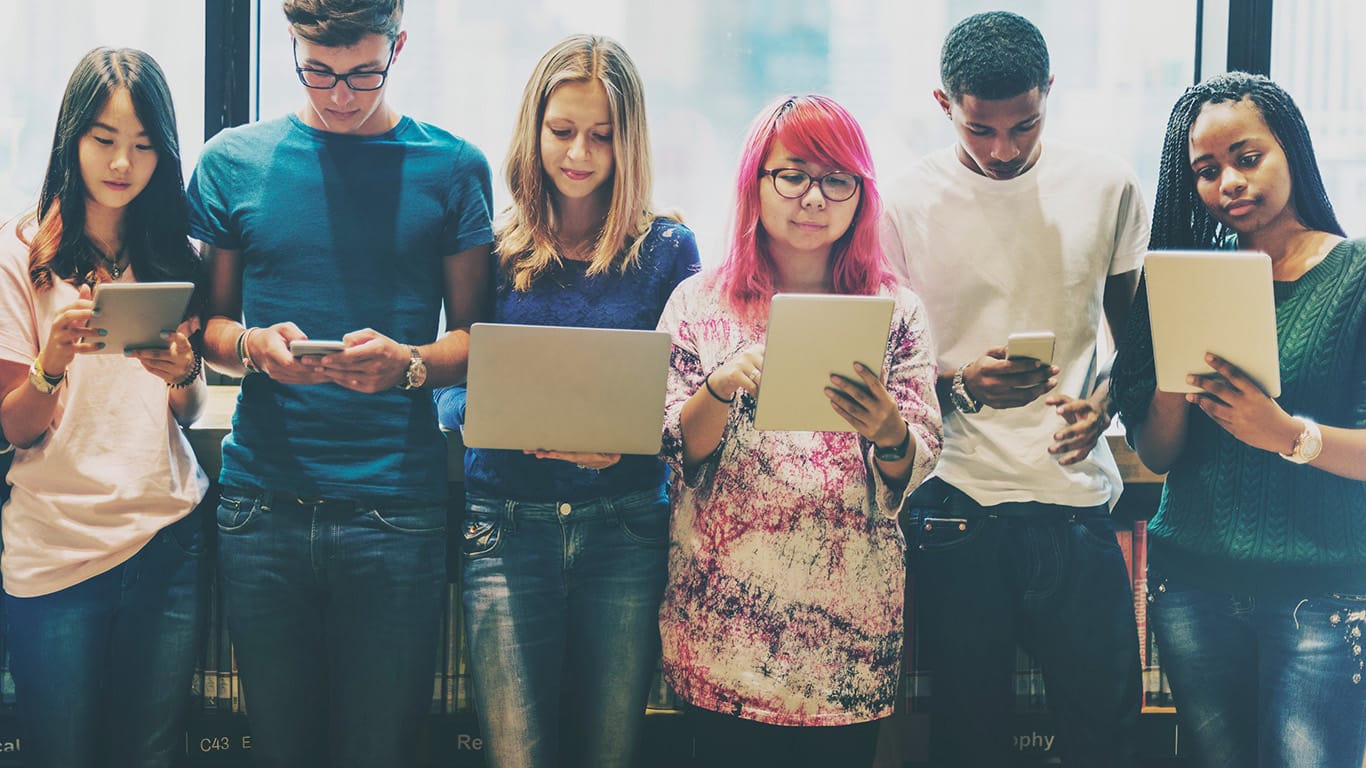As we scroll through the constant barrage of tech innovations, it’s easy to miss the forest for the trees. Every day, technology leaps forward in ways that were once the reserve of science fiction, and now, it’s part of our everyday lives. Let’s discuss six groundbreaking technological advances and the innovative, sometimes surprising ways we use them. From artificial intelligence shaping our preferences to 3D printing revolutionizing manufacturing, these developments are reshaping our world.
Artificial Intelligence – More Than Just Algorithms
Artificial intelligence (AI) isn’t just a backend tool for analyzing large datasets. Today, AI interfaces through voice assistants, personalized shopping recommendations, and even in our healthcare systems where it helps diagnose diseases with precision that rivals human doctors. The charm of AI lies in its versatility, adapting to our needs across different sectors. For instance, in education, AI tutors can offer personalized and curated learning experiences, making education more accessible and tailored to individual student needs. This adaptation extends to the entertainment industry, where AI algorithms predict viewer preferences to customize content recommendations dramatically enhancing user experience.
AI and Automotive Design – Discovering What Drives Our Choices
When it comes to choosing a car, our decisions are more influenced by technology than we might think. With the help of AI, automotive companies are now analyzing vast amounts of data on consumer behavior and preferences to better understand the cars we find attractive. This tech is not just about picking the color or model; it’s about creating designs that resonate on a deeper level with potential buyers.
AI helps designers and engineers simulate and test countless variations of a car model before it even reaches the prototype stage, ensuring that the final product has the maximum appeal. This smart integration of AI in the automotive industry points towards a future where our vehicles are more aligned with our personal identities and lifestyle needs.
Augmented Reality – A New Dimension of Interaction
Augmented reality (AR) is another tool that’s changing how we interact with the world around us. Unlike VR programs which create a completely artificial environment, AR blends the real world with an imaginary one by overlaying digital information on it. One of the most engaging uses of AR is in educational tools, where it brings complex data to life, making learning more interactive and enjoyable.
Museums, for example, use AR to allow visitors to see historical artifacts in their original context, enhancing understanding and engagement. In the retail space, AR enables customers to try before they buy – from checking if a sofa fits in their living room to seeing how a pair of glasses looks on their face via an app. This technology enriches user experience and even bridges the gap between online and offline worlds, providing a seamless blend of the two.
3D Printing – Crafting the Future in Layers
3D printing can do more than help you print out cups and model airplanes at home. This technology has revolutionized how we think about production, from small custom pieces to large-scale manufacturing. One of the most compelling applications is in healthcare, where 3D printers produce everything from prosthetic limbs tailored to individual needs to complex surgical tools designed for specific operations.
This customization extends to the construction industry, where companies use the fastest 3D printers to create components for buildings. These printers are not only speeding up the construction process but also promoting sustainability by reducing waste. Another notable application is in the food industry, where 3D printing is used to create intricate designs for confections and even experimenting with plant-based meat alternatives, pushing the boundaries of what can be created and consumed.
Internet of Things (IoT) – Smarter Living Through Connected Devices
The Internet of Things has turned ordinary homes into hubs of smart devices, all interconnected to provide a seamless, intuitive living experience. Thermostats learn our preferred temperatures, refrigerators can suggest recipes based on their contents, and security systems can be monitored from thousands of miles away. Beyond the home, IoT technologies monitor and manage everything from urban traffic patterns to energy use in large industries, making our cities smarter and more efficient. This network of connected devices improves convenience and also improves safety and energy efficiency, offering a greener, more sustainable way to live.
Blockchain – Beyond Cryptocurrency
At its core, blockchain provides a decentralized, secure way to record and verify transactions of all types, without the need for a central authority. This capability is proving transformative for supply chain management, where it offers unprecedented transparency and efficiency by securely tracking the movement and origins of goods.
Similarly, in the realm of digital rights management, blockchain helps artists and creators ensure their works are not used without permission and that they are compensated for their efforts. This technology empowers users and creators alike, providing a new layer of security and trust in digital interactions.




